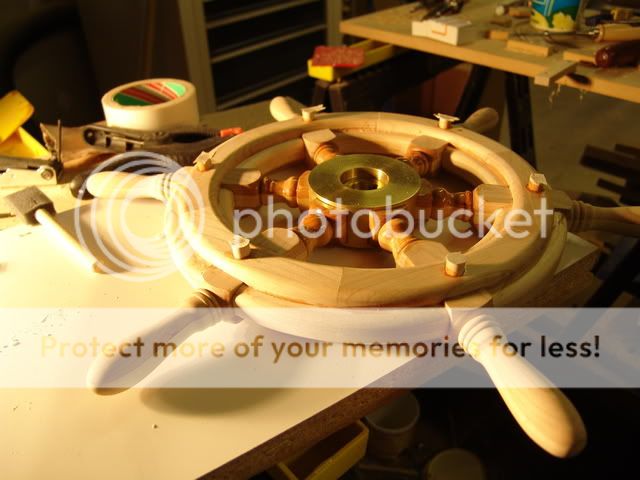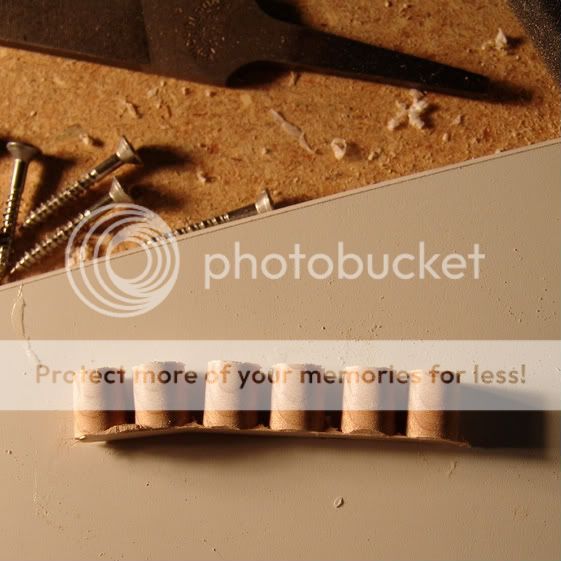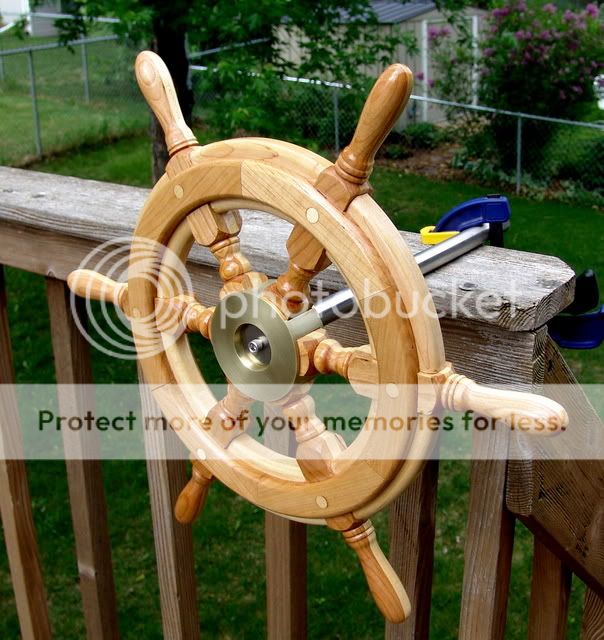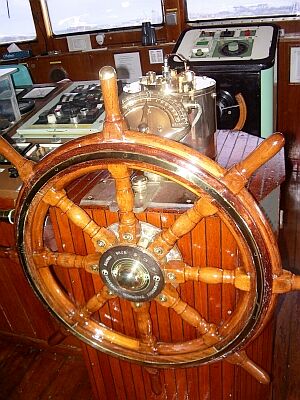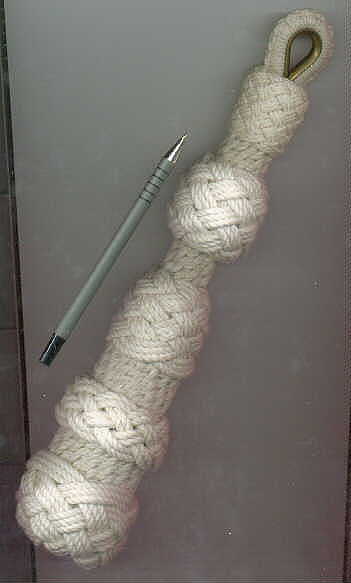Right! You lot already forgot about my steering wheel project. Probably thought it beat me and I gave up. Well, not yet but I'm getting close to considering what color I should paint it.

Actually, I've been working on the wheel mostly in very short periods due to other things going on. I've also forgotten to take pictures as I went. I finally remembered to haul the camera out and get some shots and here they are.
First, the wheel as it sits now.
I've got the entire wheel assembled and in this shot you can see the bungs in the screw holes on the front. The wheel is glued together with epoxy slightly thickened with fumed silica. There are screws into the spokes but they aren't really useful once the epoxy has cured. the bumngs are "glued" in with spar varnish which is what I'll use to finish the wheel. The varnish will hold the bungs in place just fine and there won't be an unsightly glue lines around the bungs.
the inisde ends of the spokes were varnished since I'll never have access to the ends again.
Here are the bungs for the opposite side.
As you can see, I cut the bungs nearly free but left a very thin bit of wood so they stay together. This made it possible to dip them into the varnish and place them without getting varnish on my fingers. after dipping the bung in the varnish, I set it in place over the hole and drove it in with a little hammer which also managed to break the bung free of the strip. Leaving the bungs in the strip also makes it easier to align the grain.
And, FWIW, here's the steering shaft made by a friend from a bit of stainless steel round stock. The center is drilled and tapped for a machine screw and a key way is cut to mate with the keyway in the hub. the key is glued into the keyway with CA glue.







